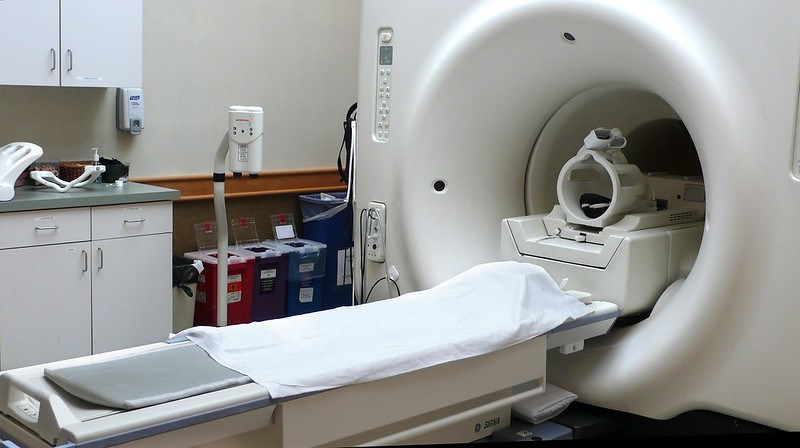One of the few labs on the Anschutz Medical Campus to remain mostly open during the COVID-19 shutdown is the University of Colorado Cancer Center Animal Imaging Shared Resource (AISR).
“Our animals are precious and complex. Ethically, you can’t just go home. Despite the pandemic, we have continued supporting all the critical animal studies from CU Cancer Center members and others in our research community,” says Natalie Serkova, PhD, director of the AISR and professor in the CU School of Medicine Department of Radiology.
Natalie Serkova, PhD
In addition, the AISR has been gearing up to fight COVID-19. First, starting March 31, Serkova has been overseeing the Colorado Clinical and Translational Sciences Institute (CCTSI) COVID-19 Pilot Grand Program by spearheading the review and award of grants for research projects related to COVID-19 (along with reviewers including immunologist Eric Clambey and pulmonologists Kurt Stenmark and Eva Grey). Second, the AISR itself has been using animal models to learn how to image important events which have recently been seen in COVID-19 patients.
For example, even before the pandemic, the lab had been working on ways to image renal (kidney) function in patients with viral infections and abnormal blood flow.
“With COVID-19, we think about acute respiratory syndrome, but another consequence can be to change renal function. We have been establishing the magnetic resonance imaging (MRI) protocols to look for impaired kidney function during any kind of infection,” Serkova says.
The AISR isn’t able to work directly with COVID-19 infected animals, which would require significant changes to biohazard procedures and infrastructure, but existing, noninfectious models have helped the group establish protocols for evaluating renal function in viral-infected human patients.
“This is totally translational – we can use this with human COVID-19 patients,” Serkova says.
Another way the AISR will help evaluate COVID-19 patients is by letting doctors visualize systemic inflammation.
“It’s well known that COVID19 creates systemic inflammation, and in our lab, we have a dye that can help us see it,” Serkova says. “Using this new MRI contrast agent, we can see systemic inflammation in animals and same protocol can be used in patients.”
These research projects are starting to make their way to patients at UCHealth University of Colorado Hospital. In one applications, doctors will use imaging to determine the success of treatment with convalescent serum in patients with severe disease. In this therapy, blood serum from exposed or recovered patients containing anti-COVID-19 antibodies is transferred to patients on ventilators to help their immune systems recognize and combat coronavirus.
Another project uses ultrasound imaging of the lungs to see if the severity of the imaging corresponds with the clinical situation of those patients.
“I think starting now, what our core can really do is establish those imaging protocols to help us assess the severity of the disease. Most importantly, we can use animal models that mimic the disease – we can treat those animals and follow up in the same animal to see the treatment efficacy or failure,” Serkova says.
How severe is a patient’s disease? How well is a patient responding to treatment? A good way to find out is to look. With expertise developed over decades and innovative new approaches created during COVID-19, the CU Cancer Center AISR is helping patients and doctors in Colorado and beyond survive and target the disease.




